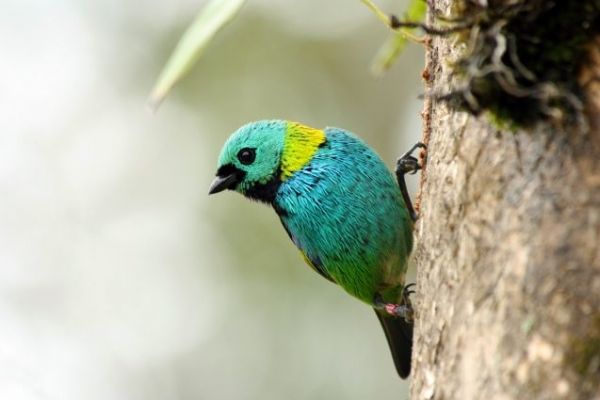Preventing the re-clearing of second-growth forests is a major challenge for restoration efforts in tropical regions, according to a new study led by researchers from Columbia University, University of São Paulo and the Federal University of ABC in Brazil. The study found that a third of regenerating areas in the Brazilian Atlantic Forest were cut down again, most after just 4 to 8 years of regeneration.
Natural forest regeneration is regarded as a cost-effective strategy for countries to meet their ecological restoration and carbon sequestration goals. While reports of forest recovery in tropical regions generate optimism, recent research by the study authors and others has suggested that restored forests have a high probability of being cleared within a few years.
The new study, published in Environmental Research Letters, quantifies forest regeneration in the Brazilian Atlantic Forest and identifies factors that influence how long the regenerated forest survives.
The Brazilian Atlantic Forest is a rich natural area that originally occupied 150 million hectares along the Atlantic coast. Only about 32 million hectares remain today. The highly fragmented and threatened ecosystem is now considered a regeneration hotspot.
Read more at: Columbia Climate School
The threatened Brazilian Atlantic Forest is one of the most biodiverse places on the planet. It is home to some 2,200 species of mammals, birds, reptiles and amphibians, many of them endemic to the region, such as this green-headed tanager. (Photo Credit: Pedro Piffer)


